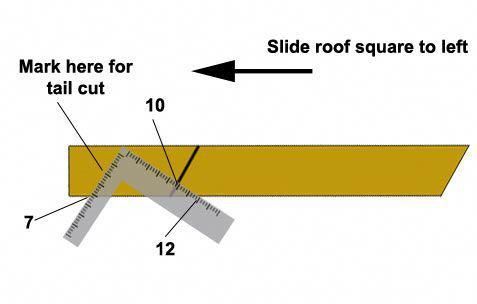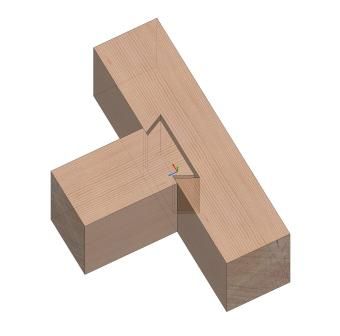Traditional Cut Timber Roof

Traditional cut roofs 1 introduction.
Traditional cut timber roof. 3 lean to roofs less common. By providing two opposite lean to roofs a roof with a centre valley can be formed. Not only is the volume large enough to convert into living space but the structure can generally be easily altered. This reflects the weatherproofing requirements of older roofing materials like thatch and peg tiles.
We see how to cut a bird s mout. The overall construction of a traditional cut roof is to ensure that the load of the roof is evenly transmitted to the walls below. Lean to roofs are very common. The rafters are the main load bearing elements of the roof.
2 lean to roofs simple. The finished structure is readily adaptable. Pitched roof construction a cut roof this is the traditional method of cutting the timber on site and building up the roof using rafters. A truss roof using factory made trusses which are delivered to site complete and just erected.
The sizes of lean to roofs can vary considerably. This still happens for some single houses and for extensions. They span from the wallplate to the ridge board providing a platform for the underlay battens and tiles. In part 8 robin switches from the capel build to roger s extension to build the roof and show us all his tricks of the trade.
Traditional or cut roof. The traditional option is steeply pitched rarely less than 35.














































